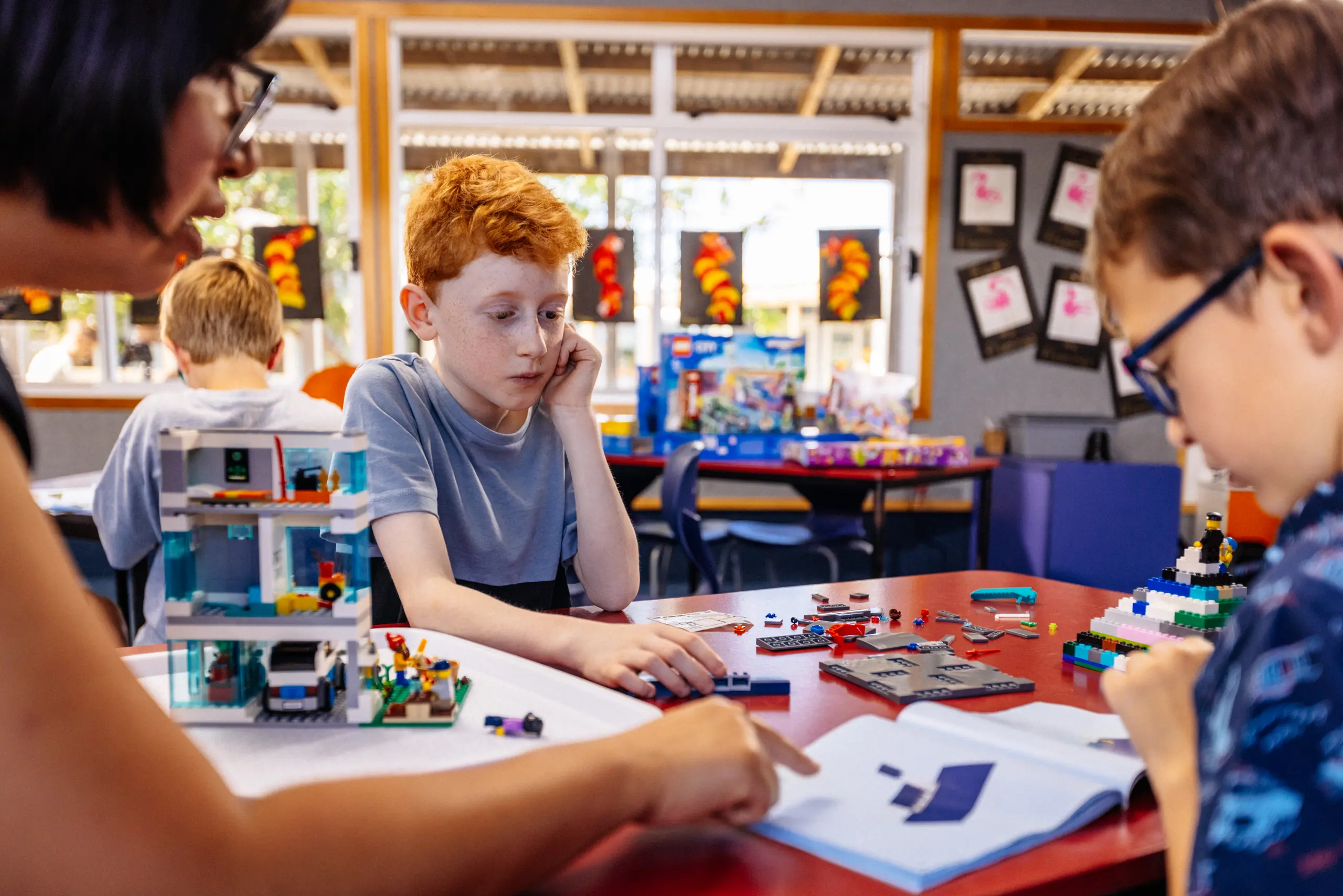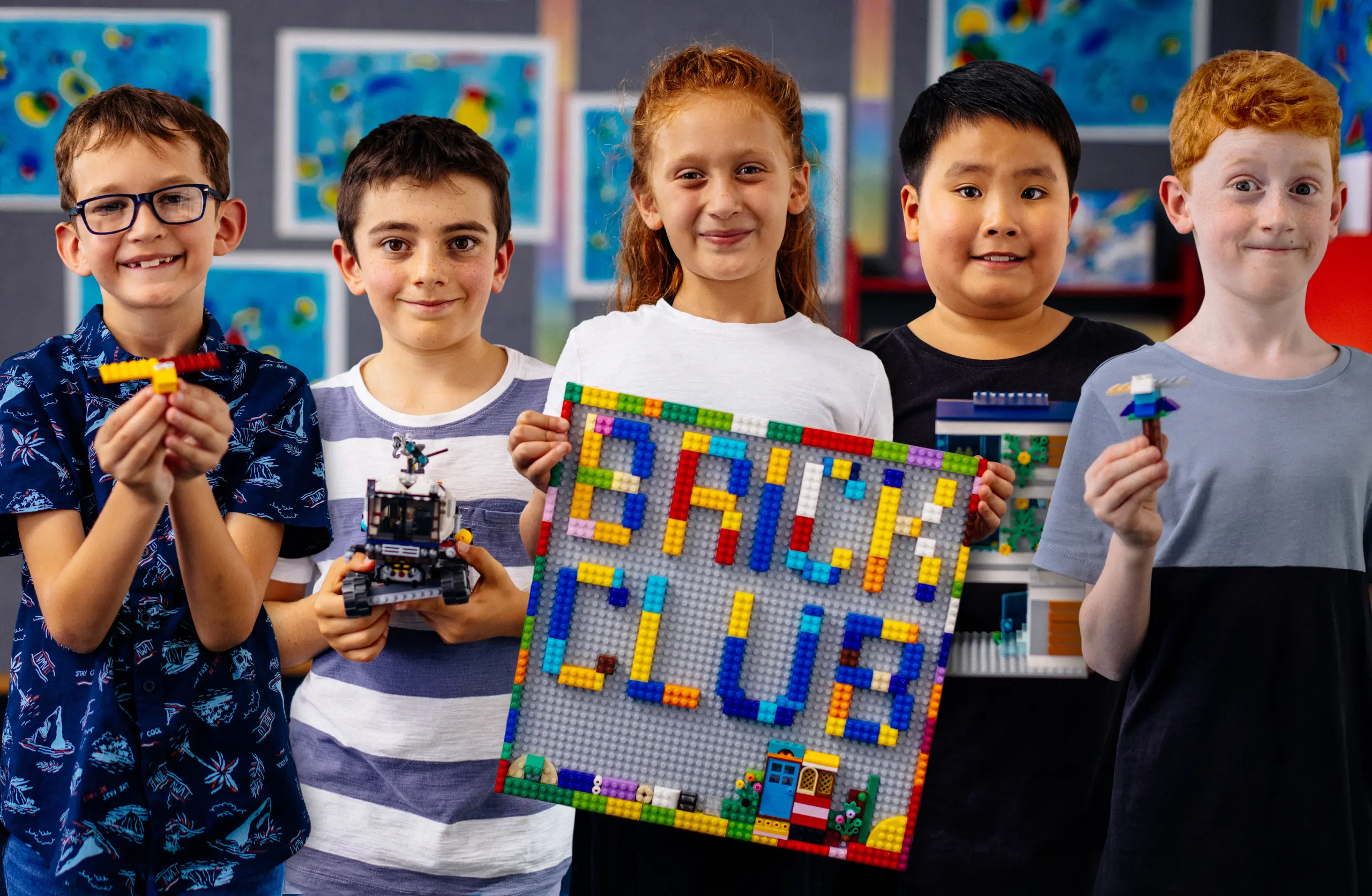Play opens up a world of learning as diverse as children themselves. But design of education tools, experiences and services must build on that and keep neurodivergent children in mind from the start. To make this vision reality, we've launched an accelerator programme called Play For All Accelerator. Read on to discover more.
We're accelerating innovation that includes everyone and lets neurodivergent children shine
Design should invite all children to play and learn together. That means it needs to keep neurodivergent children in mind from the start. The more inclusive the ideas, the better they are for all children.
So far, we haven’t seen enough classroom innovation that’s designed first and foremost with neurodivergent children in mind. Or, frankly, enough support in general. We think it’s time to change that.
We've built the Play For All Accelerator programme for NGO's, start-ups and social enterprises who support autistic children and those with ADHD. Together we want to reach more neurodiverse children with playful learning.
We're working with experts to meet the needs and wishes of the neurodiversity community
The LEGO Foundation is working with experts and advisors from the National Association for Special Educational Needs (nasen) including experts by lived experience and innovation strategists from Founders Intelligence.


